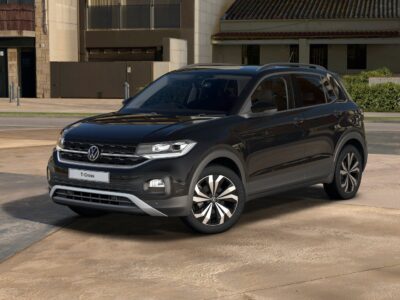
Nissan Qashqai: Engine Capacity Overview
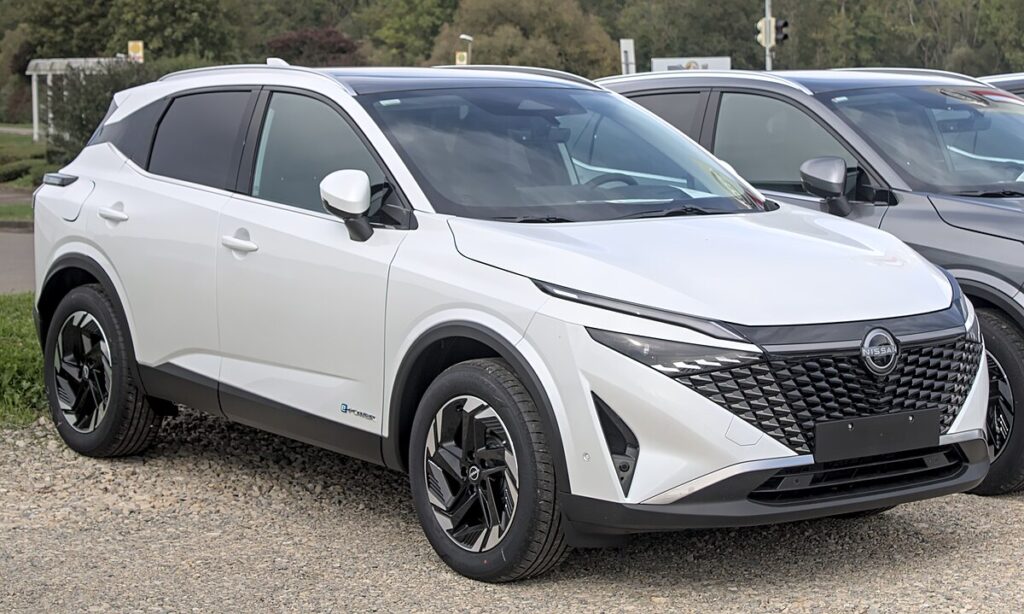
The Nissan Qashqai — introduced in 2007 and continuing through successive generations — features a diverse range of engine capacities. These depend on the model generation (J10, J11, J12), fuel type (petrol, diesel, hybrid), region, and trim. Below is a consolidated overview of engine displacement ranges offered across its lifecycle:
| Generation | Years Produced | Typical Petrol Displacements | Typical Diesel Displacements | Hybrid / e-Power Displacement |
|---|---|---|---|---|
| J10 (1st) | ~2007–2013 | 1,598 cc, 1,997 cc | 1,461 cc, 1,598 cc, 1,995 cc | — |
| J11 (2nd) | ~2013–2021 | 1,197 cc, 1,332 cc, 1,618 cc, 1,997 cc* | 1,461 cc, 1,598 cc, 1,700 cc* | — |
| J12 (3rd) | ~2021–present | 1,332 cc (1.3 L turbo) | — | 1,500 cc (e-Power series hybrid) |
* Some markets offered 2.0 L petrol as an optional engine.
— denotes not applicable or unavailable in that generation.
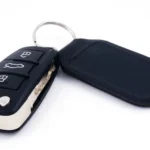 Nissan Qashqai Key Fob Battery Replacement: Complete Expert Guide (2025)
Nissan Qashqai Key Fob Battery Replacement: Complete Expert Guide (2025)Highlights by Generation
- First Generation (J10 / 2007–2013)
— Petrol: 1.6 L (1,598 cc), 2.0 L (1,997 cc)
— Diesel: 1.5 L (1,461 cc), 1.6 L (1,598 cc), and 2.0 L variants in some markets - Second Generation (J11 / 2013–2021)
— Petrol: 1.2 L DIG-T (1,197 cc), 1.3 L DIG-T (1,332 cc), 1.6 L (1,618 cc)
— Diesel: 1.5 L dCi (1,461 cc), 1.6 L dCi (1,598 cc), some 1.7 L options in later markets
— Occasional 2.0 L petrol in select markets - Third Generation (J12 / 2021–Present)
— Petrol: 1.3 L turbocharged (1,332 cc) in many markets
— Hybrid (e-Power): 1.5 L (1,500 cc) internal combustion engine acting as generator
Thus, over its lifetime, the Qashqai’s engine capacity spans from 1,197 cc up to 1,997 cc (and in markets where 2.0 L petrol was offered).
Engine Specification Details by Displacement
Below we delve into more granular specification data — power output, torque, bore × stroke, and markets — organized by displacement size.
You may be interested in reading Nissan Qashqai Key Fob Battery Replacement: Complete Expert Guide (2025)
Nissan Qashqai Key Fob Battery Replacement: Complete Expert Guide (2025)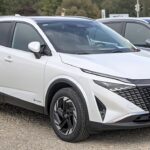 How to Update Your Nissan Qashqai Sat Nav SD Card (Complete 2025 Guide)
How to Update Your Nissan Qashqai Sat Nav SD Card (Complete 2025 Guide)1,197 cc (1.2 L DIG-T) Petrol
- Used in the J11 generation as base petrol option.
- Power: ~115 PS (85 kW)
- Often paired with 6-speed manual or CVT (Xtronic) transmissions.
1,332 cc (1.3 L DIG-T) Petrol
- Introduced in later J11 and standard in J12 models.
- Power: in many versions ~140 PS / 148 hp (110 kW)
- Torque: 250 Nm in specific tune for many markets.
1,618 cc (1.6 L) Petrol
- Found in J11 markets and some versions of J10.
- Power: up to ~163 PS in turbo variants.
1,997 cc (2.0 L) Petrol
- Offered in J10, and occasionally in J11 in certain regions.
- Example: MR20DD engine, 106 kW (144 PS) @ 6,000 rpm, torque ~200 Nm @ 4,400 rpm.
- Bore × Stroke: 84.0 mm × 91.0 mm
1,461 cc / 1,598 cc Diesel (dCi / dCi variants)
- 1.5 L (1,461 cc) dCi used in J10 and early J11 models.
- 1.6 L (1,598 cc) dCi in J11 and later versions.
- Power: varies from 110 PS to 130 PS depending on tune.
1,700 cc / 1,700 cc+ Diesel
- Some markets offered a ~1.7 L diesel toward the later years of J11.
- Power: up to ~115 kW in select regions.
1,500 cc (1.5 L) for e-Power Hybrid
- In J12, the internal combustion engine acts primarily as a generator in the hybrid powertrain.
- Combined output with electric motor is significantly higher (e.g., ~190 PS / ~140 kW in many markets).
Advantages & Trade-Offs of Each Engine Size
Performance vs Efficiency
Larger engines (1.6 L, 2.0 L) typically deliver stronger peak power and torque, especially under load or during overtaking. However, they consume more fuel in urban driving. Smaller turbocharged engines (1.2 L, 1.3 L) achieve better efficiency while still offering usable torque thanks to forced induction.
Cost, Weight, and Emissions
Smaller displacements reduce weight and friction losses, improving emissions and running costs. Diesel variants tend to deliver better highway efficiency, especially for long-distance driving, but may incur higher maintenance costs and emissions compliance burdens depending on region.
You may be interested in reading Nissan Qashqai Key Fob Battery Replacement: Complete Expert Guide (2025)
Nissan Qashqai Key Fob Battery Replacement: Complete Expert Guide (2025) How to Update Your Nissan Qashqai Sat Nav SD Card (Complete 2025 Guide)
How to Update Your Nissan Qashqai Sat Nav SD Card (Complete 2025 Guide)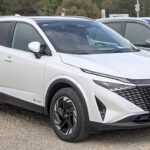 Nissan Qashqai Fuel Tank Capacity: Complete Guide (All Years & Engines)
Nissan Qashqai Fuel Tank Capacity: Complete Guide (All Years & Engines)Hybrid (e-Power) Approach
By decoupling the combustion engine from direct drivetrain duties, the Qashqai e-Power generates electricity to drive motors. This setup allows a smaller engine (1.5 L) to produce output closer to that of larger engines while improving fuel economy and reducing emissions — especially in city driving.
Recommended Engine by Use Case
| Use Case | Best Engine Option | Rationale |
|---|---|---|
| Daily city / suburban driving | 1.3 L turbo petrol, or e-Power hybrid | Balanced efficiency with sufficient torque |
| Mixed driving (city + highway) | 1.6 L petrol or 1.5 L diesel | Good midrange torque and highway stability |
| Long-distance highway / load carrying | 1.6 L diesel or 2.0 L petrol in performance markets | Stronger torque and sustained power under load |
| Emissions-restricted areas / eco zones | e-Power hybrid | Cleaner operation and reduced tailpipe emissions |
Conclusion
The Nissan Qashqai offers a wide span of engine capacities — from 1,197 cc to 1,997 cc — adapting to different driving needs, regulations, and market preferences. Modern turbo petrol and hybrid options help narrow the gap between power and economy. When choosing a Qashqai, one should weigh performance expectations, fuel efficiency priorities, and the driving environment to select the best-suited engine variant.
If you want to know other articles similar to Nissan Qashqai: Engine Capacity Overview you can visit the category Service and Parts.
Deja una respuesta

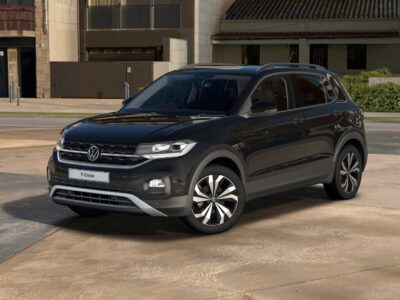
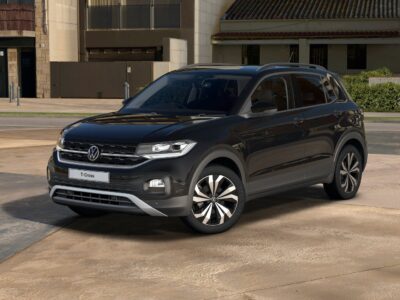
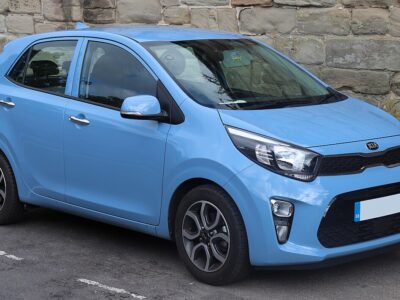
More content of your interest